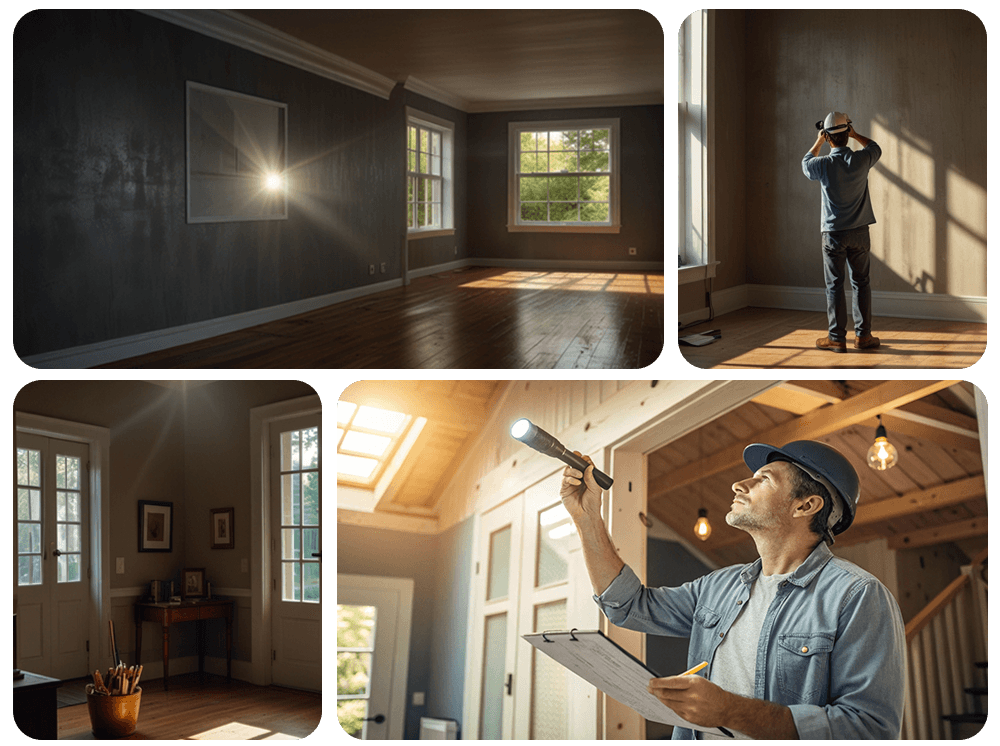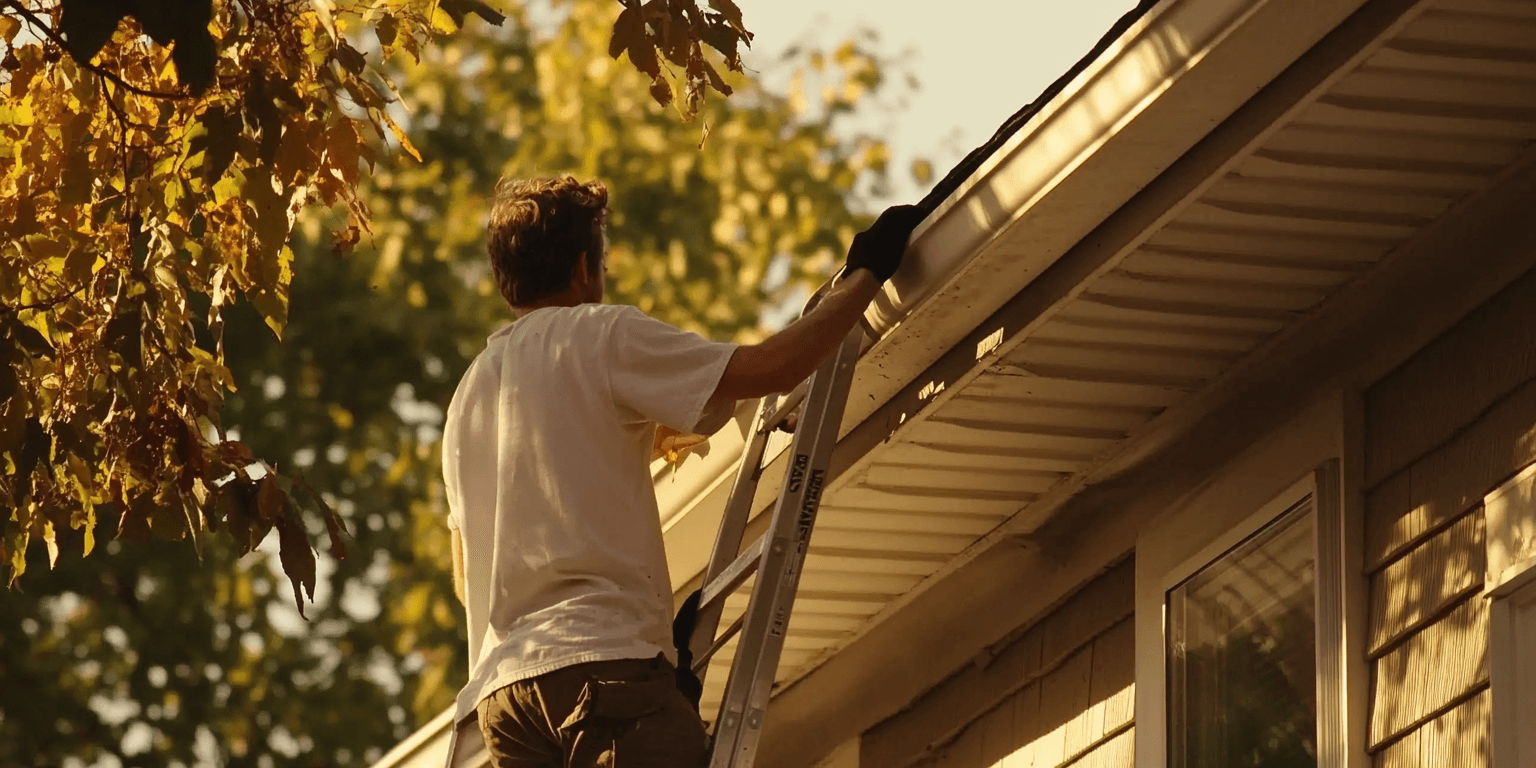Roof damage can lead to costly repairs, and navigating the insurance claims process can feel overwhelming. Whether your roof has been damaged by a storm, fallen debris, or general wear and tear, knowing how to handle an insurance claim is key to getting the coverage you need. At 1st Choice Inspection Services TREC#9175, we work with homeowners to assess roof damage and provide the detailed inspection reports necessary for successful insurance claims.
Here’s a guide to understanding how roof damage insurance claims work and how a qualified inspector can help you through the process.

Before filing an insurance claim, it’s important to determine if the damage is covered under your policy. Most homeowner’s insurance policies cover roof damage caused by sudden, unexpected events such as:
However, normal wear and tear or damage due to neglected maintenance is usually not covered. For example, if your roof is old and leaks because of general deterioration, insurance may not pay for repairs or replacement. This is why regular roof maintenance and inspections are critical.
Before filing a claim, it’s essential to have a professional roof inspection to assess the extent of the damage. An inspector from 1st Choice Inspection Services can provide a comprehensive report detailing the damage, which is a critical piece of documentation when working with your insurance company.
Benefits of a Professional Roof Inspection:
Once the inspection is complete, you’ll have a clear understanding of the damage and whether or not filing a claim is the right step.
Once you’ve had your roof inspected and determined that filing a claim is appropriate, the next step is to contact your insurance company. Be prepared to provide them with the following information:
Your insurance provider will then assign a claims adjuster to evaluate the damage.
Once your claim is filed, an insurance claims adjuster will visit your home to assess the roof damage. They’ll evaluate the condition of your roof, compare it to your inspector’s report, and determine the amount of coverage based on your policy.
Having your own independent roof inspection report is beneficial at this stage. The adjuster may not catch all of the damage, especially if it’s not immediately visible. With a report from a qualified inspector like 1st Choice Inspection Services, you can ensure that nothing is overlooked and that your claim is accurate and fair.
If the insurance company’s estimate is significantly lower than your inspector’s assessment, you can use the independent report to negotiate for a higher payout.
While most roof damage claims are straightforward, there are some challenges that homeowners may encounter during the process:
Having a clear and thorough inspection report can help you overcome these challenges and ensure your claim is processed fairly.
Once your claim is approved, your insurance company will determine whether to cover roof repairs or a full roof replacement. This decision depends on the extent of the damage:
Your inspector’s report will play a key role in determining whether repairs or a full replacement are necessary.

While insurance can help cover the costs of unexpected roof damage, maintaining your roof can help prevent future claims and prolong the life of your roof.
Tips for Roof Maintenance:
Maintaining your roof not only helps you avoid future claims but can also prevent coverage disputes by demonstrating that your roof is in good condition.
Dealing with roof damage can be stressful, but understanding the insurance claims process and working with a qualified inspector can make it easier. At 1st Choice Inspection Services TREC#9175, we provide thorough roof inspections to help you document damage, file your claim, and ensure you receive the coverage you’re entitled to.
If you’ve experienced roof damage and need an inspection, contact us today to schedule a comprehensive assessment and get the support you need to navigate the claims process.
Homeowners insurance typically covers damage caused by unexpected events like storms, fallen trees, or fires. However, damage due to wear and tear or lack of maintenance is usually not covered.
Start by having a professional roof inspection to assess the extent of the damage. The inspector’s report will provide documentation to support your claim.
The timeline can vary depending on the complexity of the claim and your insurance company’s process. Typically, once the adjuster evaluates the damage, it can take a few weeks to finalize the claim.
Yes. If you believe the adjuster’s estimate is too low, you can present the findings from your independent roof inspection to negotiate for a higher payout.
Roof repairs typically involve fixing a specific damaged area, while a full replacement involves removing and replacing the entire roof. The extent of the damage will determine which option is necessary, and your insurance policy will dictate what’s covered.